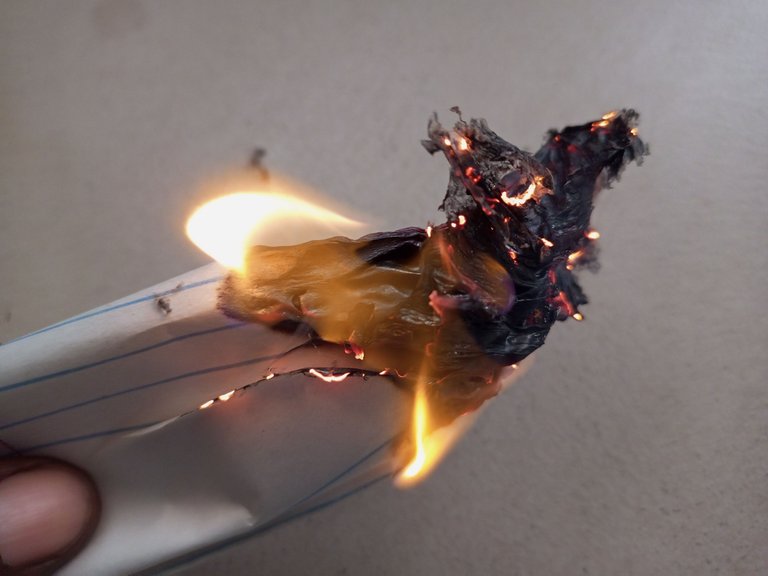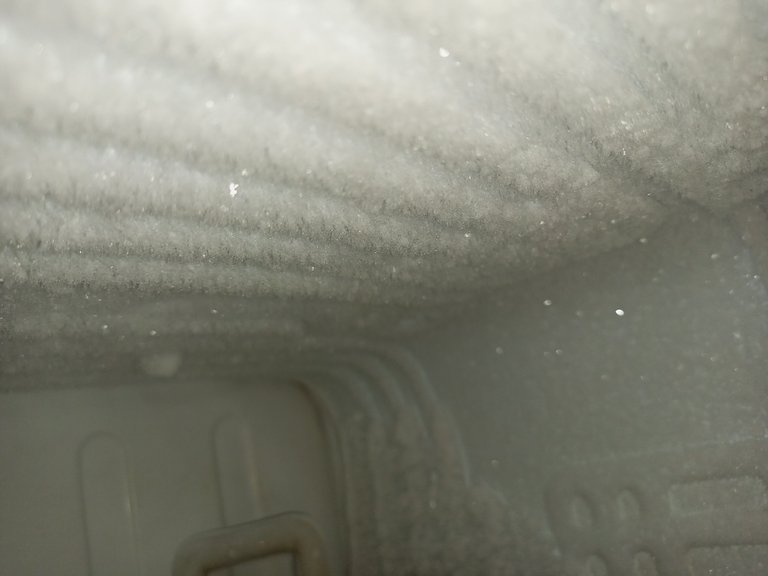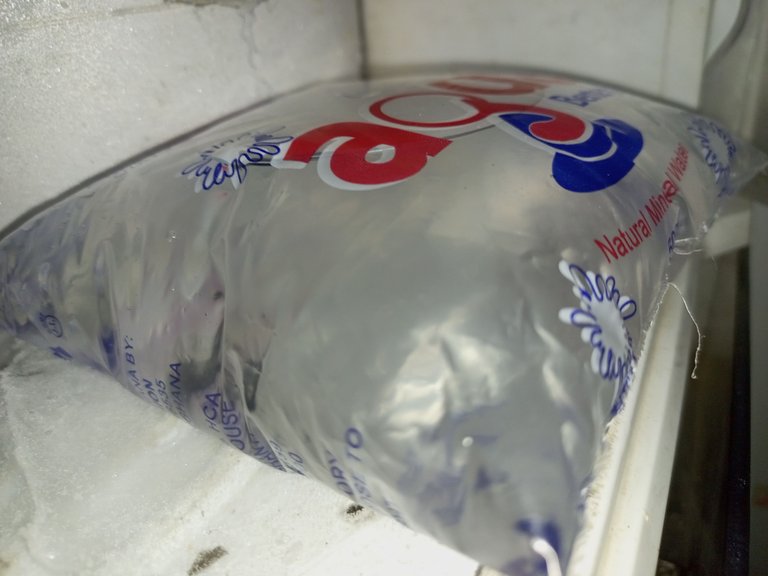A lot of changes take place everyday. Students interact and encounter some of these changes on their immediate environment. Students might have seen and felt some of these changes but may not be aware that these changes are chemical or physical change. Today in my research as Science Teacher I found it a great opportunity to practically teach my students the concept of physical and chemical changes. When the get the clear picture of the concept of physical and chemical changes, they wouldn't find it difficult explaining it to a a friend.
As the new science lesson, it's better to get a good starter linking relevant previous knowledge (RPK) of the students. Here most students might have experienced a burnt object like wood or papper, boiling of food or egg, melting of Shea butter, freezing of ice, chewing of meat. These examples of everyday life activities of chemical and physical changes are common that if you draw students attention to it they would understand the concept.
Demonstration of chemical change using a piece of sheet and matches
As the best science teacher is to first Review Students RPK without first explaining or telling them what is meant by chemical change. However, the questions that I'll ask my students during or after the demonstration would definitely give them a clue of what chemical change is.
First of all, I assembled my simple apparatus for this simple experiment:
• A sheet of paper
• Matches
Procedure:
Gather all the students, if they are many you can put them into groups since the experiment wouldn't take more that 3mins.
Let the students observe the process of the experiment carefully. Ignite the matches by stroking the head on the matches box to light. Use to burn the piece of the paper as the students observe as shown below:

burning of a piece of paper into ashes
I ask students questions, for instance what is the sheet of paper doing. Students can respond that it's burning. Ask probing questions that so when it burns what would we see? Students respond that we would see wood ashes from the burnt piece of paper.
I ask very important question that can the wood ashes reverse back to its original piece of paper or sheet? The students respond definitely no!
This really review the meaning of chemical change.
So, chemical change is a change which is irreversible after new substance formed.
This is what we see to have taken place in this piece of a paper. In a chemical change entirely new substance is formed. The original constituents become different from the new substance formed. Few properties that we have to take note here is that chemical change is sometimes accompanied by great heat. The formation of new substances. Examples of chemical change aside what we have performed here is enzymes digestion of food substances for instance pancreatic amylase converting start into glucose. The glucose can't be reverse back into the original start of carbohydrate again. Boiling of eggs for some minutes. When we boil eggs, the cells die and there is new formation of the make up of eggs which can't be reversed.
The students are therefore allowed to come out with questions on the new lesson of chemical change on anything boggling their minds on the lesson. If they show no further questions, then I proceed to teach the next sub-topic; Physical change.
In the same way as I used practical demonstration. Our apparatus here is ice block which has just removed from a refrigerator. With the students, put it in a container and place it on hot sun or flame. The ice would begin to melt. When it melts, ask students if it can make to become ice block again. The students will respond that it can be put in refrigerator to become ice block and melt again to become water.


pure water in refrigerator
Students would really understand that:
Physical change is a change which no new substance is formed after the change. There's no alterations of the constituents which have change. They can be reversed through physical means. Examples of physical change in everyday life is melting of Shea butter, dissolution of salt in water. The original constituents are retained.
The similarities between physical and chemical changes is that they all involve a change of state of matter. For instance the frying of fresh liquid egg become solid in the case of chemical change. The melting of solid candle turns into liquid in the case of physical change.
Reference



And it turns out the paper experiment later work
Thanks for stopping by):
Congratulations @jude9! You have completed the following achievement on the Hive blockchain And have been rewarded with New badge(s)
You can view your badges on your board and compare yourself to others in the Ranking
If you no longer want to receive notifications, reply to this comment with the word
STOPCheck out our last posts:
Thanks for your contribution to the STEMsocial community. Feel free to join us on discord to get to know the rest of us!
Please consider delegating to the @stemsocial account (85% of the curation rewards are returned).
You may also include @stemsocial as a beneficiary of the rewards of this post to get a stronger support.
Easy and simple experiment to let them differentiate between the two. Good work :)